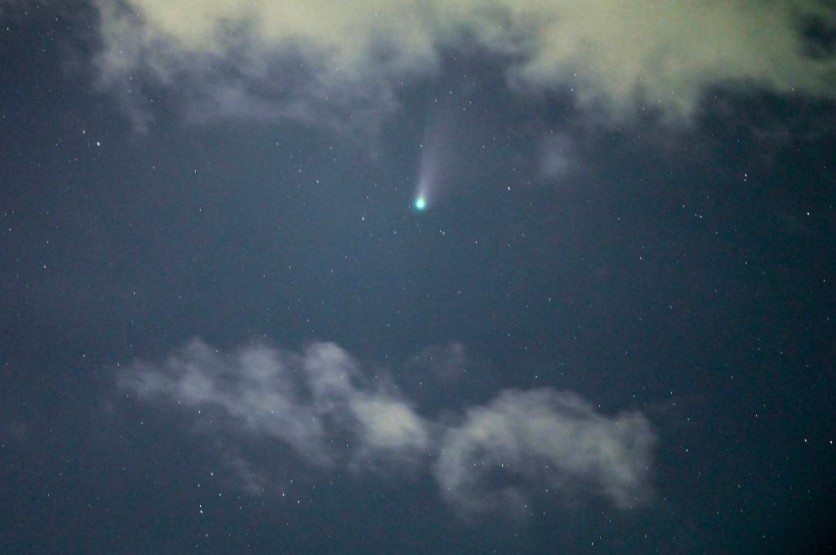A comet is fast approaching the planet Earth and it's one of the largest that has ever been spotted, according to Popular Mechanics. Named Comet C/2017 K2 (PanSTARRS), the comet can now be seen through small telescopes.

However, mid-July is the time for the best views as the comet reaches its nearest point to the planet. Still, you can even catch glimpses of it all the way through September as it makes its way toward the sun in December before it orbits away from Earth once more.
Comet K2 was first observed in 2017 by Pan-STARRS survey instrument based in Hawaii. Back then, it was the farthest-ever active inbound comet ever seen. Also during that time, NASA also labeled it as "primitive" because it was 1.5 billion miles from the sun.
The behavior and magnitude of Comet K2 is not fully known, but some astronomers believe that its nucleus is to be at least 11 miles wide. However, there are others that suggest it could be as big as 18 to 100 miles in diameter. Whatever it is, it could easily be one of the larger comets humans will see.
Also Read: New Planet-Sized Comet Found Entering Solar System and is Expected to Arrive in 10 Years
How to See It
Catch Comet K2 by using a telescope. You will be able to see a fuzzy patch of light around the comet's nucleus. It's best to see it on July 14, 2022. In the Northern Hemisphere, the comet will still be visible until September 2022 and after mid-September, the comet will move to the hemisphere's southwestern horizon. You can also go to public online observatory that will likely host watch parties.
Keep in mind that the comets tend to be unpredictable the closer they come to the sun. Therefore, it could suddenly become more active and bright, or it could break apart and disappear from view.
Whatever happens then, make time to see the Comet K2 because this will likely be your only chance to get acquainted with a comet. This is because its orbit is so long that it won't be back after a million years.
Comets in The Sky
While seeing Comet K2 can be quite exciting, you can also admire other comets in the sky. There are perhaps hundreds of them every year, with some of them even visible to the naked eye. Just look up at the sky and you will see them. No special equipment is needed, but it is helpful to know what you are looking for.
Comets appear to be fuzzy patches of light. They are generally transparent and move rather quickly in the sky. Also, they tend to look brighter and more illuminated when they are seen at night. Those are all characteristics of a comet. They are also called "opaque" if they are not bright.
The next time you look at the night sky, keep an eye out for bands of light. These could be a comet.
Also, you must be far away from city lights when you look for comets. You're likely to see the brightest comets in the darkest skies.
Related Article: New Comet Found Near Earth After 'Comet Drought' And Could Shine Even Brighter Than Venus!
This article is owned by TechTimes
Written by April Fowell

![Apple Watch Series 10 [GPS 42mm]](https://d.techtimes.com/en/full/453899/apple-watch-series-10-gps-42mm.jpg?w=184&h=103&f=9fb3c2ea2db928c663d1d2eadbcb3e52)


